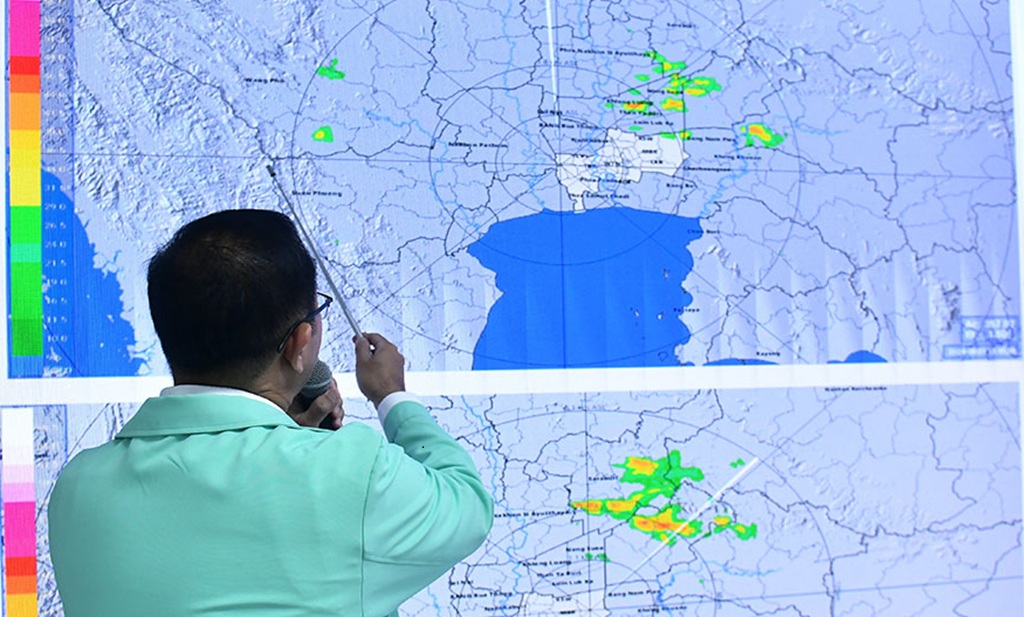Weather experts in Thailand report that due to the La Nina phenomenon cold weather in Chiang Rai and other provinces in northern Thailand will last until mid-February, and the summer months will be much cooler than in previous years.
Last month, the US National Oceanic and Atmospheric Administration (NOAA) confirmed that Thailand entered the La Nina phase for regions in the central and east-central equatorial Pacific Ocean.
Jessada Denduangboripant, an environmental expert at Chulalongkorn University, confirmed this, and referenced a recent statement by the Thai Meteorological Department on Facebook, indicating that cool temperatures were anticipated to persist until mid-February, prior to the onset of summer.
The country is anticipated to be covered in high humidity and an increased likelihood of thunderstorms from February to May as a result of the La Nina phenomenon, which is characterized by southern and southeastern wind gusts.
The high humidity and precipitation in March and April will result in much lower temperatures than in previous years.
Mr. Jessada stated that the volume of rainfall in April and May will be greater than in previous years. He also mentioned that June is likely to experience intermittent rainfall.
Sonthi Kotchawat, a health and environment expert with the Thai Environmental Scholars Club, believes that the polar vortex phenomenon in China is responsible for the current low temperatures, which have fallen to single digits in certain provinces.
A polar vortex is a vast expanse of cold, rotating air that encircles both of Earth’s polar regions, resulting in a polar jet stream that flows from west to east.

Cold Weather due to La Niña
Since the previous month, China has confronted its coldest weather in three decades, with Mohe City in Daxing’anling prefecture experiencing the lowest temperature of -53 degrees Celsius.
According to Mr. Sonthi, the increased air pollution in Thailand is also a result of the cold weather front from China.
The Pacific experiences cooler-than-average sea surface temperatures during La Niña, which can have a significant impact on Thailand.
During the monsoon season, Thailand frequently experiences higher-than-average rainfall when La Niña occurs. This can lead to widespread flooding, landslides, and crop damage, which can have a significant impact on the economy and local communities.
Last September and October Northern Thailand experienced the worst flooding in over 50 years.
In urban areas, traffic congestion and increasing repair expenses may pose challenges for farmers, who may encounter waterlogged fields. Conversely, it may prove advantageous for certain regions, as it augments reservoirs and guarantees water availability.
Nevertheless, the unpredictable nature of La Niña events presents a challenge for both officials and residents in terms of planning. Climate experts closely monitor these patterns in order to mitigate risks and anticipate their effects.
Related News:
Cold Weather Predicted for Northern Thailand

Geoff Thomas is an award winning journalist known for his sharp insights and no-nonsense reporting style. Over the years he has worked for Reuters and the Canadian Press covering everything from political scandals to human interest stories. He brings a clear and direct approach to his work.














